The launch of the iPhone 13 series is just around the corner. We should expect it already this month. With the passage of time and the closer the introduction of new products is, the speculation about what the phones will be able to do and what functions they will have is constantly increasing. However, this article will introduce you to 5 things that you should not expect from the iPhone 13, so that you are not unnecessarily disappointed afterwards.
It could be interest you
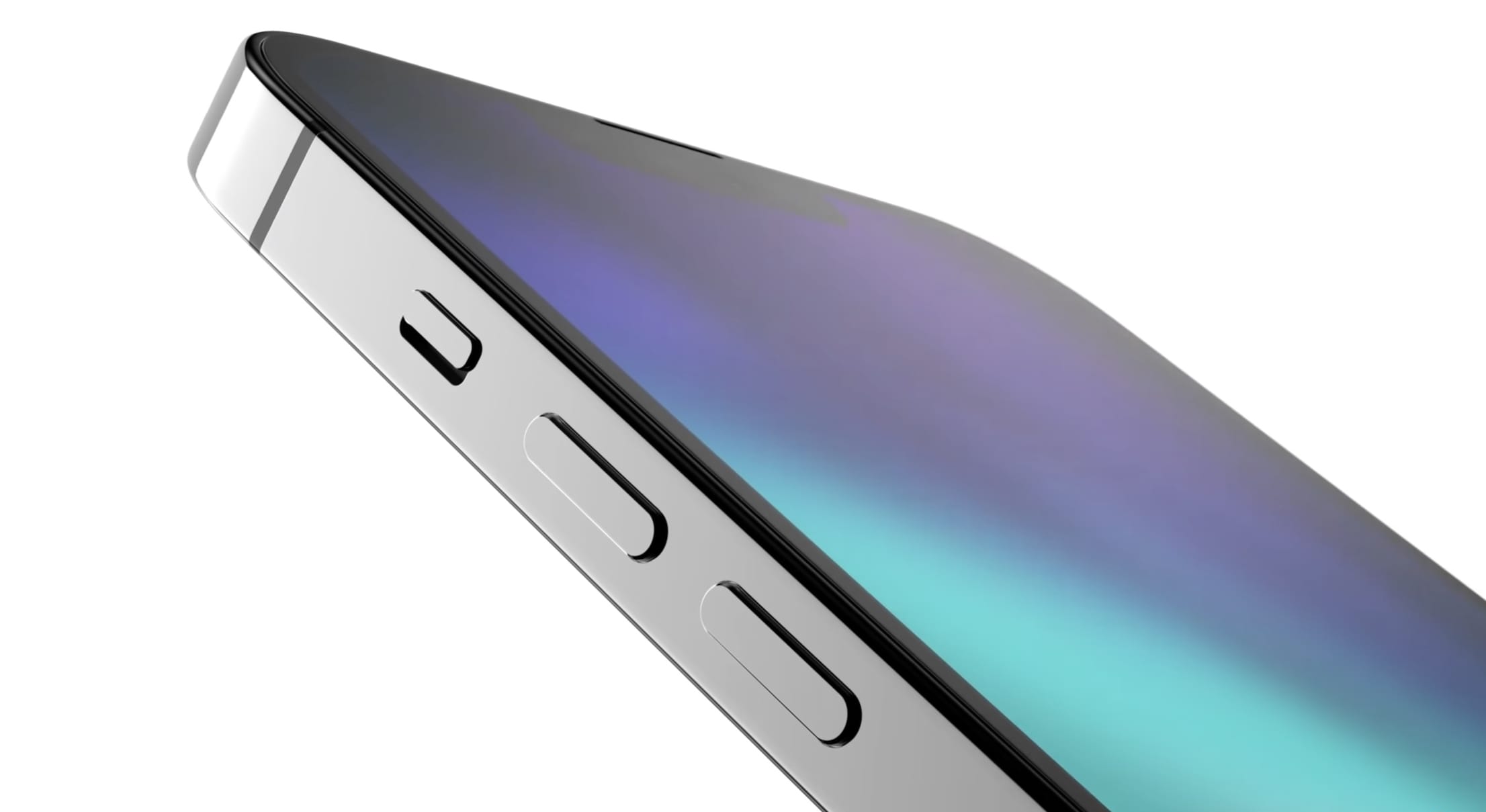
Redesign
Yes, the display notch will likely shrink for the first time since the iPhone X was introduced in 2017, but it's certainly not a major redesign. After all, this also applies to the slightly modified cameras on the back of the device. The iPhone 13 will simply look like the current XNUMXs and will really only differ in these small details. The biggest change to the chassis was brought by the iPhone 12, and since it will be the thirteenth of its evolutions, which Apple once denoted by the "S" symbol, it makes no sense for it to change a relatively efficient design after one year. After all, the company could make it special again with new color palettes.
iPhone 13 Pro Concept:
Touch ID in the display
The coronavirus pandemic has shown the weakness of Face ID as well as other facial authentication. A breast fingerprint sensor would solve this elegantly. But where to put it? Apple swept the display implementation off the table, and unfortunately Touch ID will not even be part of the side button, as is the case, for example, with the new iPad Air. The only way to unlock iPhones with Face ID with a mask on your face is to use an Apple Watch. Or will Apple come up with a software solution? Let's hope so.
It could be interest you
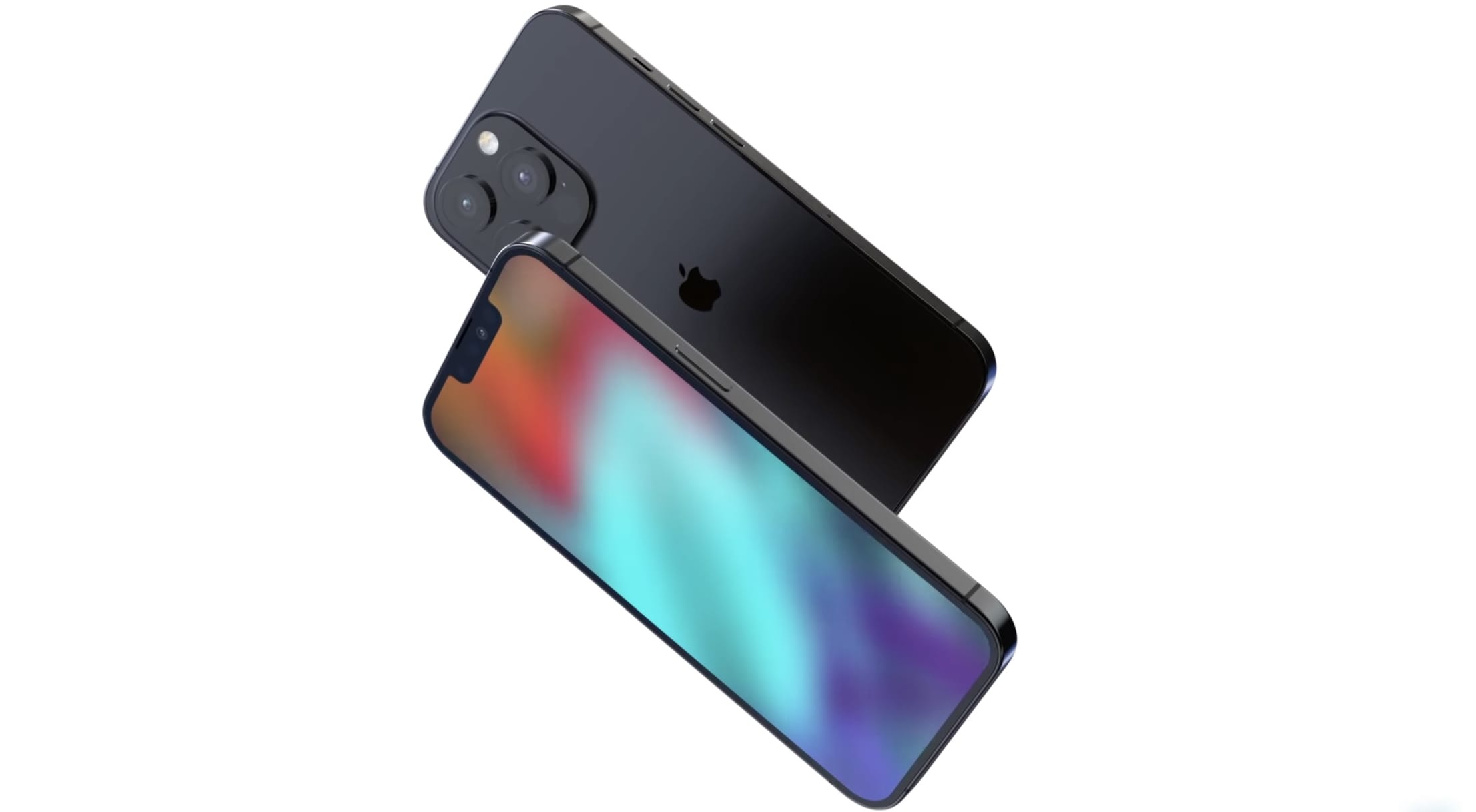
Removing the connector
When Apple introduced MagSafe technology with the iPhone 12, many took it as evidence that Apple was preparing to do away with Lightning. Already last year speculated about the fact that the iPhone 13 will no longer contain any connector. This year, however, that will not be the case, and the iPhone 13 will still retain its Lightning. The only change here will be the fact that the package may no longer include this cable and it will only contain the phone as such.
USB-C
This point is also connected to the connector. If Apple doesn't remove the Lightning connector on the 14s, could it at least replace it with the USB-C one it already uses on the iPad Pro and Air or its MacBooks? The answer is not positive here either. As reported by analyst Ming-Chi Kuo, USB-C will not be seen in the iPhone, and probably never. Within the framework of EU legislation and possible problems, it is more feasible for Apple to actually remove the connector completely and rely on MagSafe technology for charging. In addition, this step should already happen with the iPhone XNUMX, which will be introduced next year.
M1 chip or later generation
Since Apple gave the iPad Pro the M1 chip, which was thought to be exclusive to Macs, many suggested that it would make sense to have it in the iPhone as well (or its newer generation, of course). However, Apple will most likely name the iPhone chip as A14 Bionic, which will use a new one to boost performance 5nm+ technology. But we can honestly say that it doesn't matter. New iPhones are always so powerful that it's practically impossible to reach their potential, so here the M chips look more like a waste.
It could be interest you

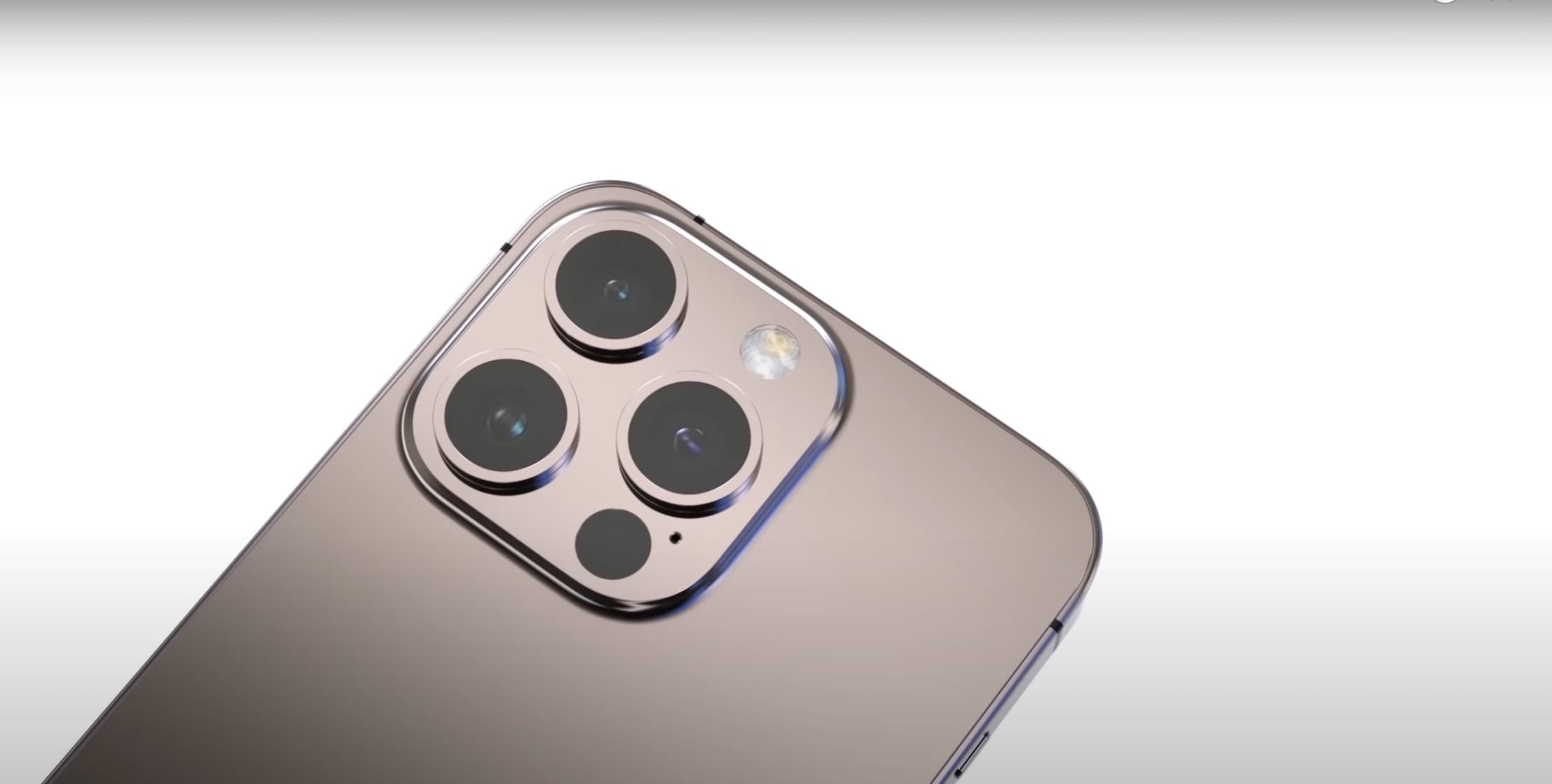

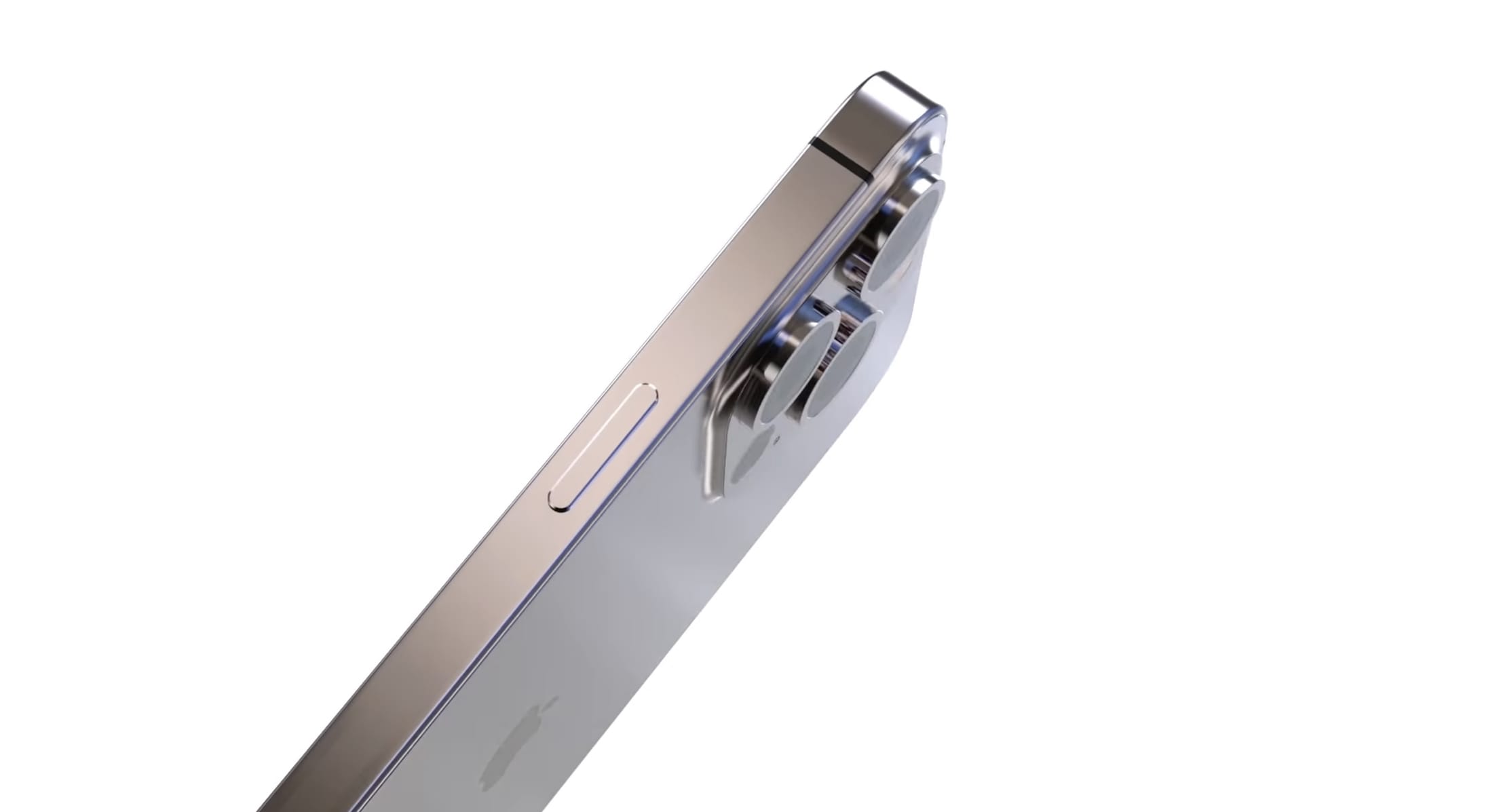

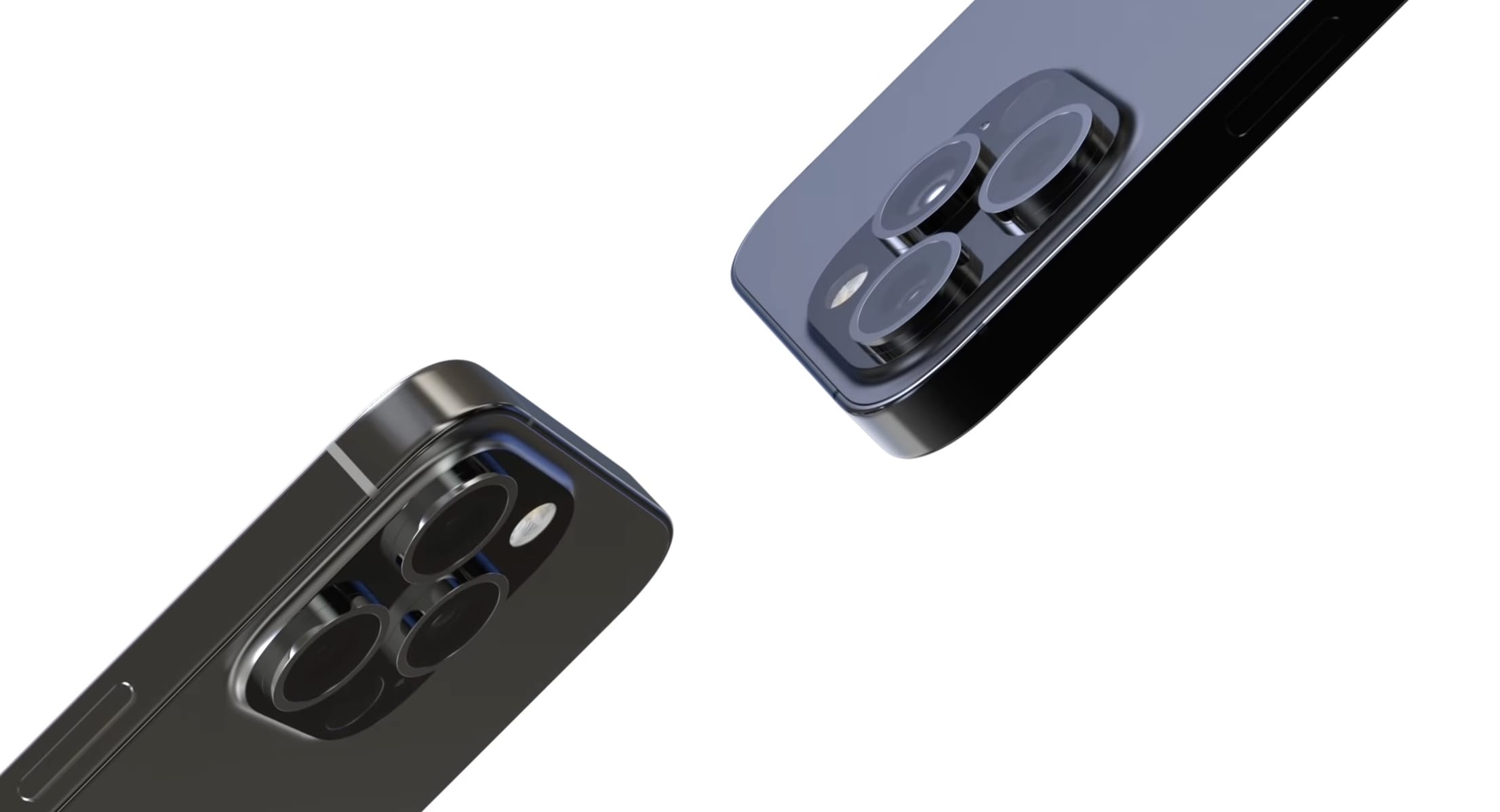

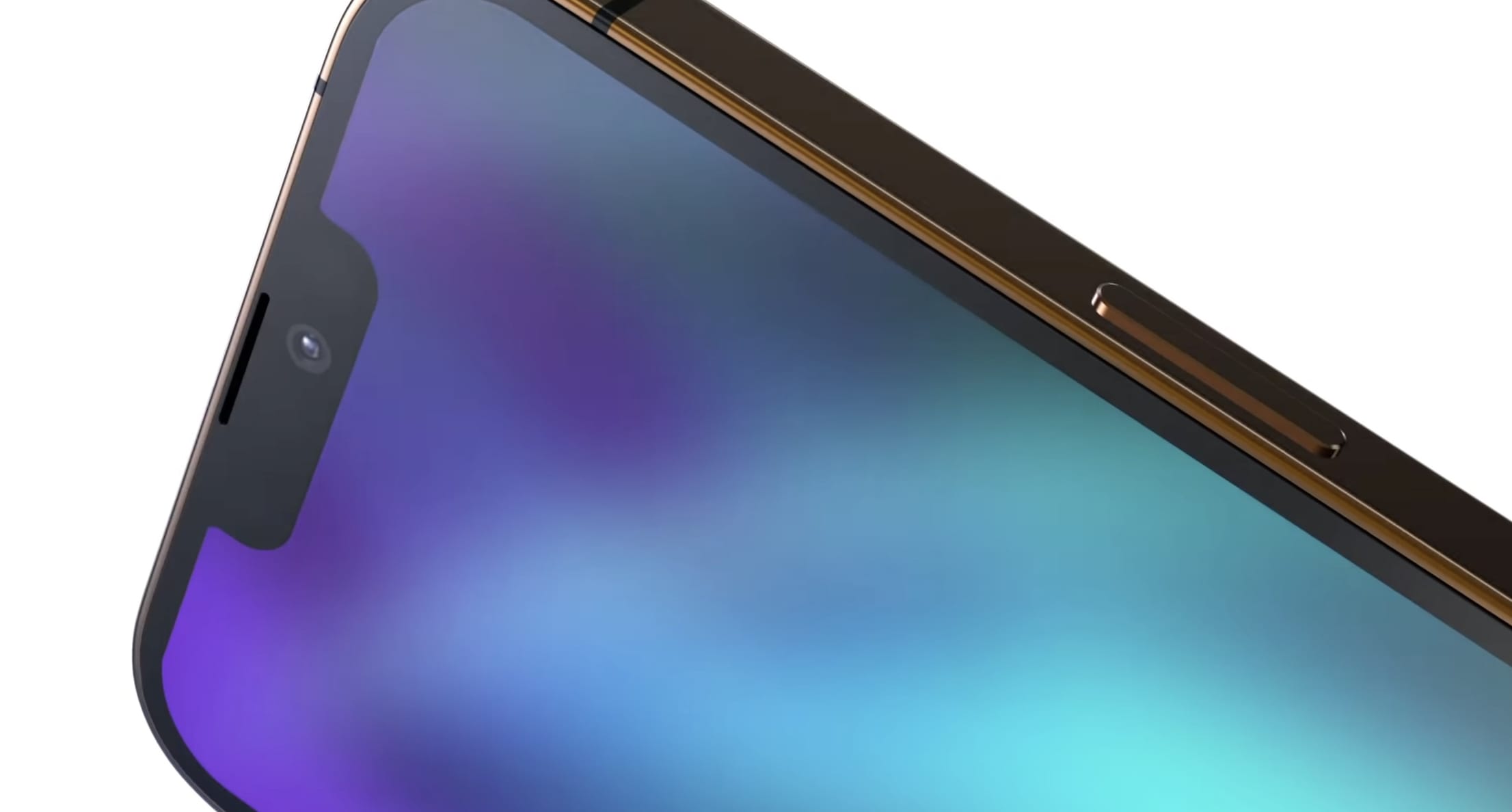


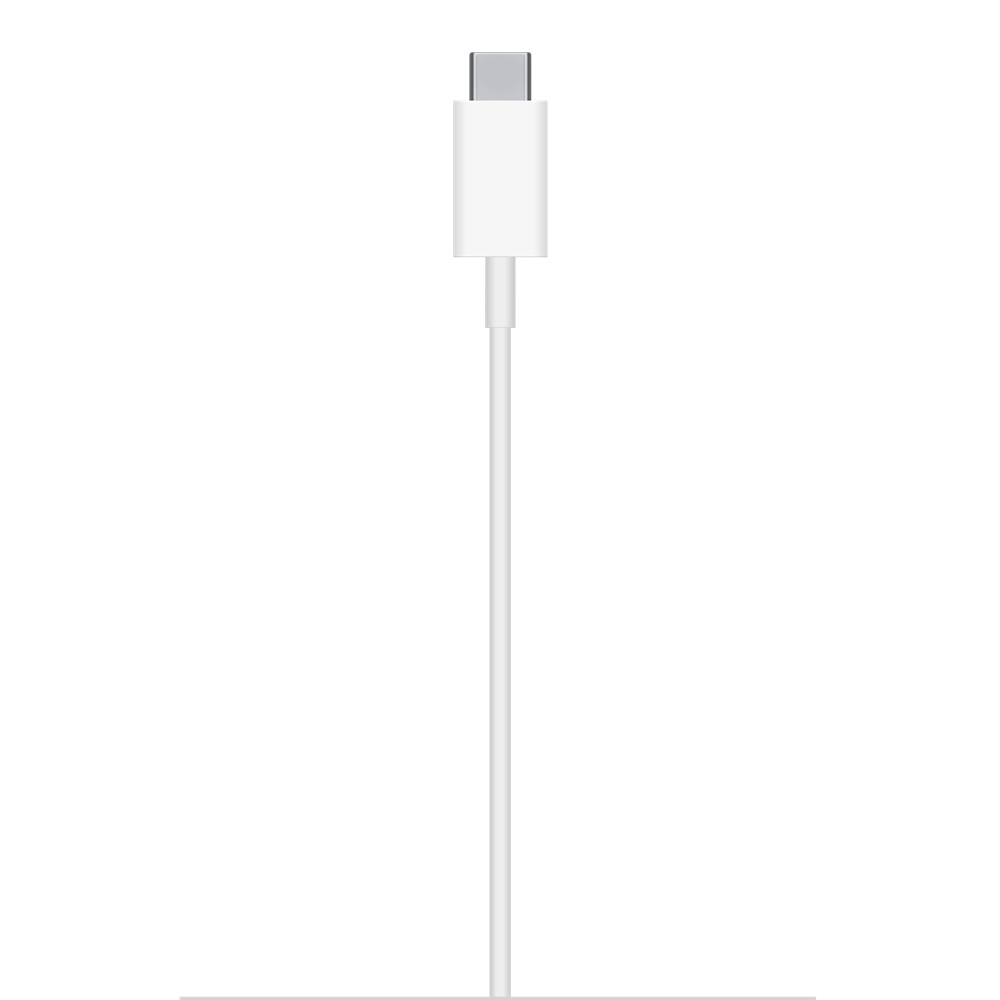
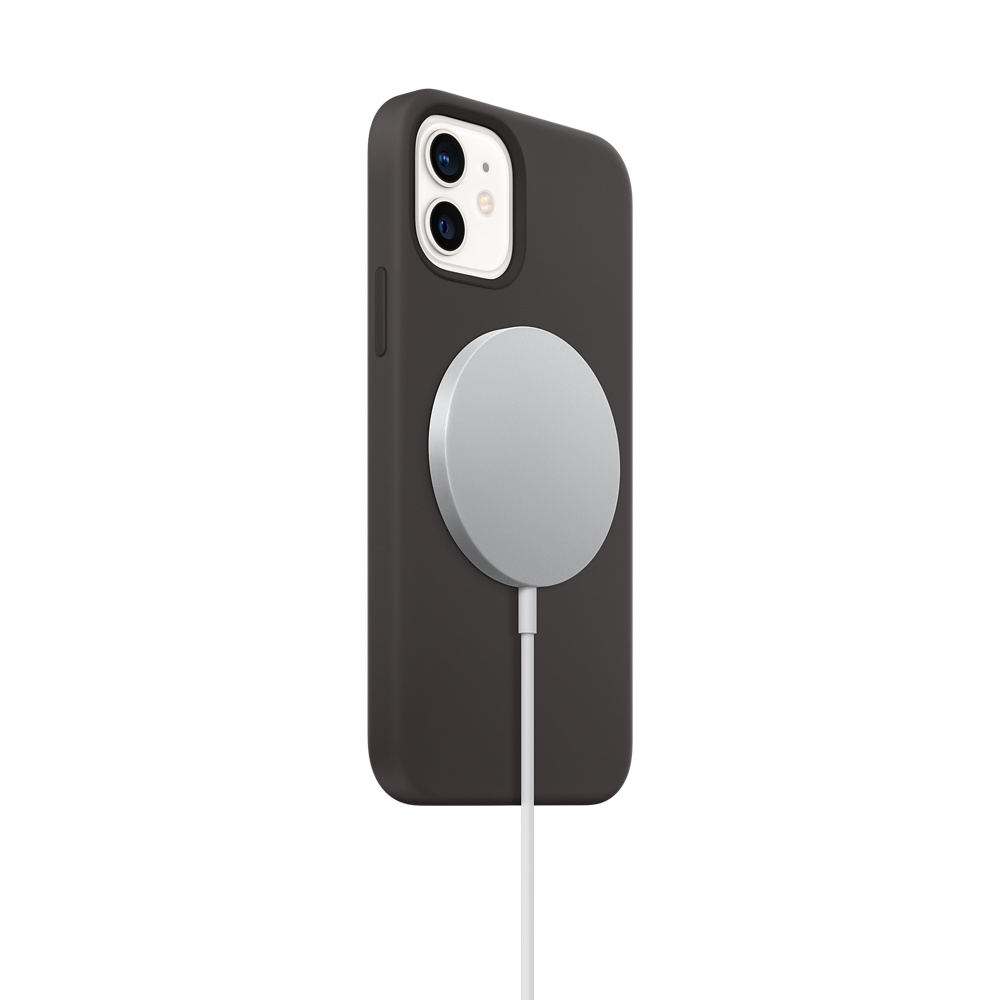
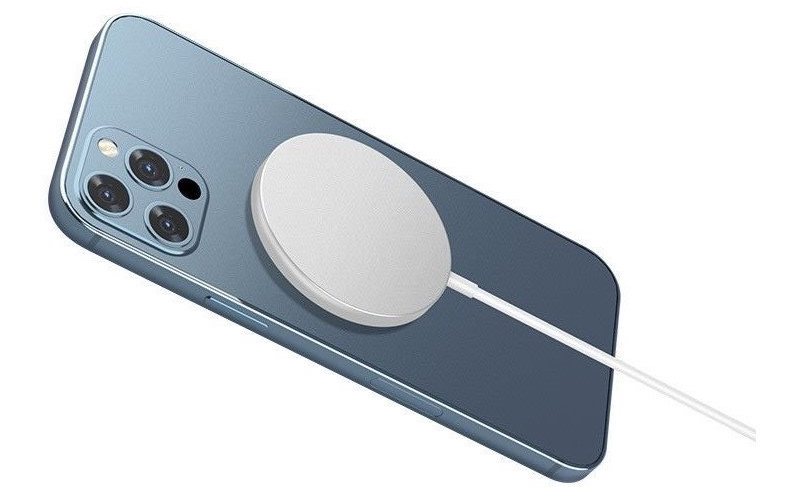
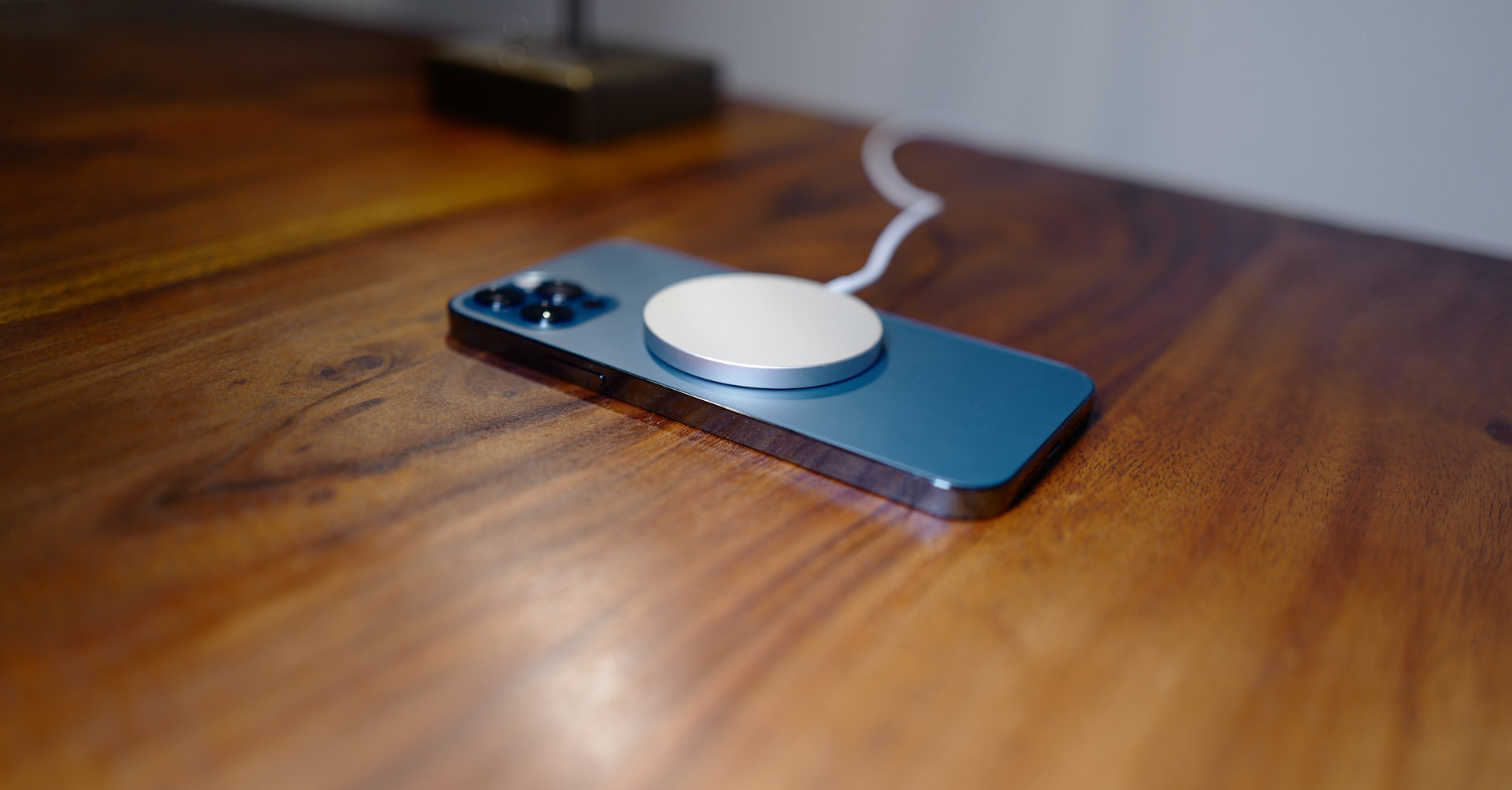
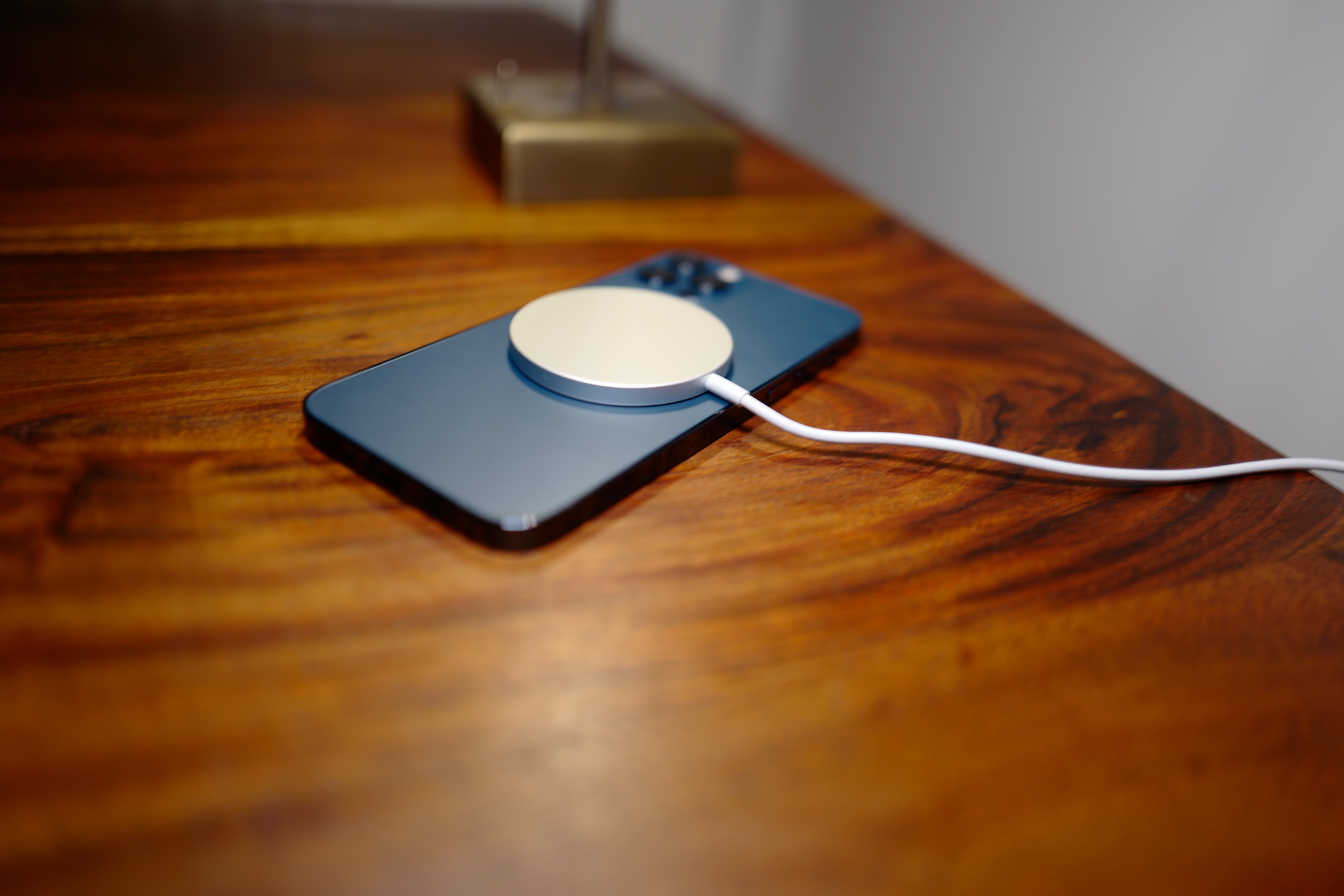
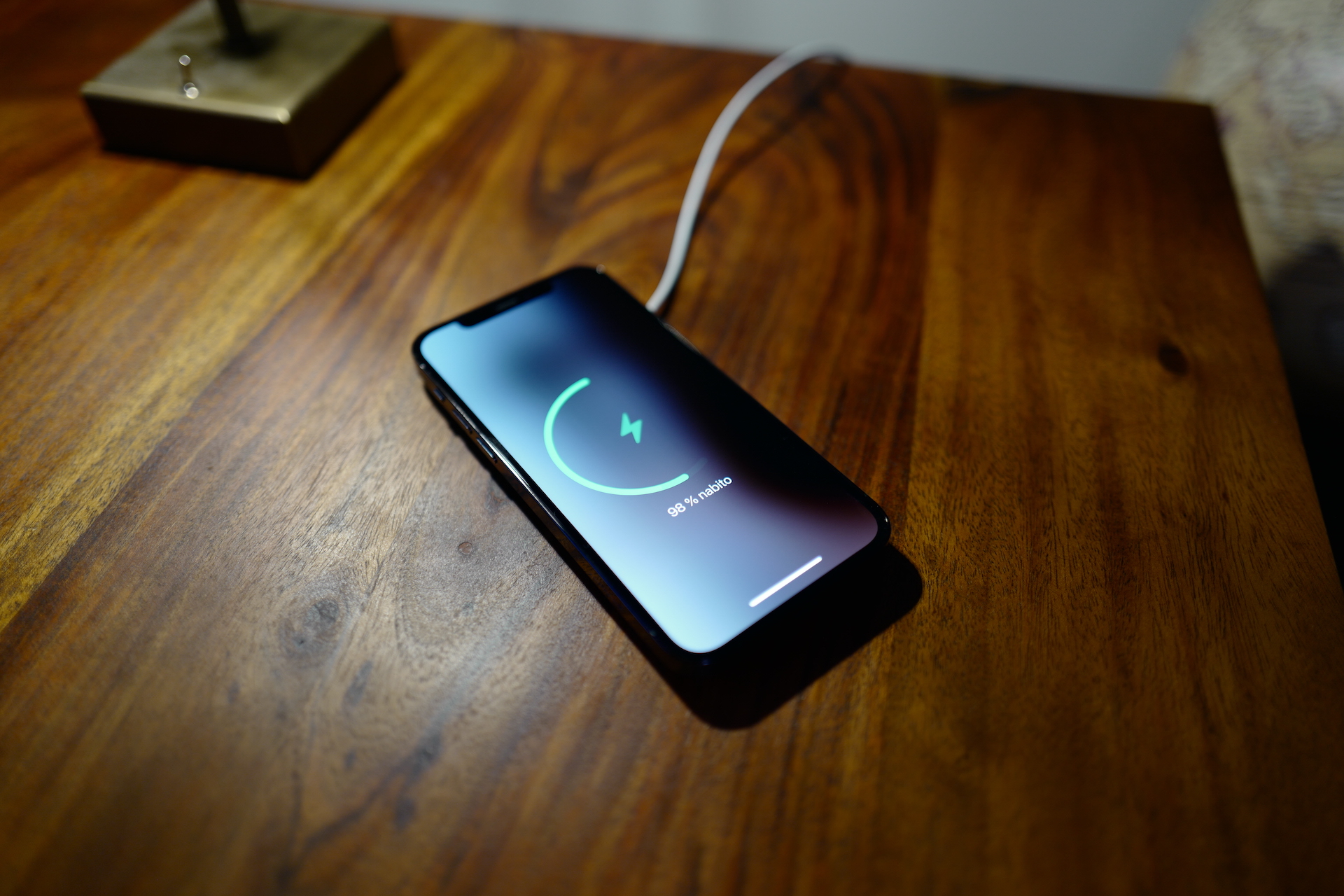

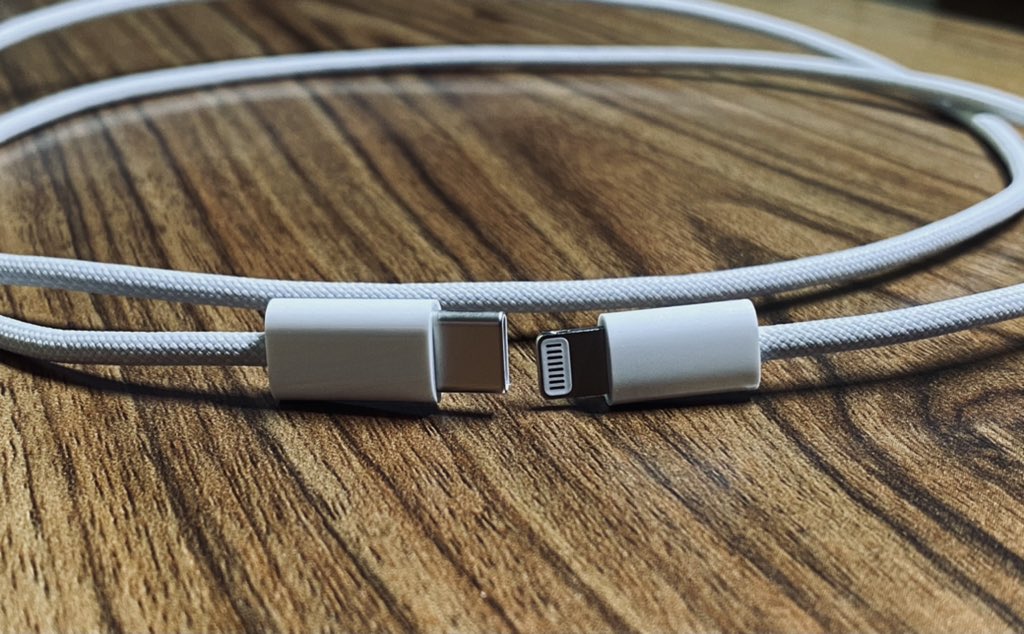
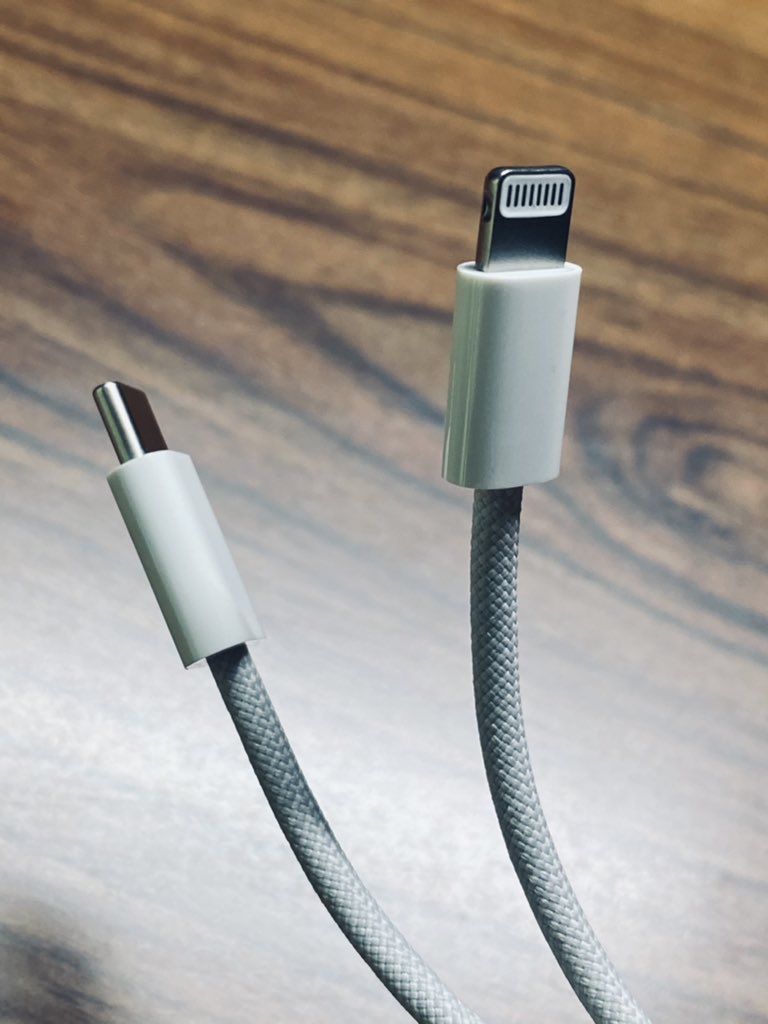
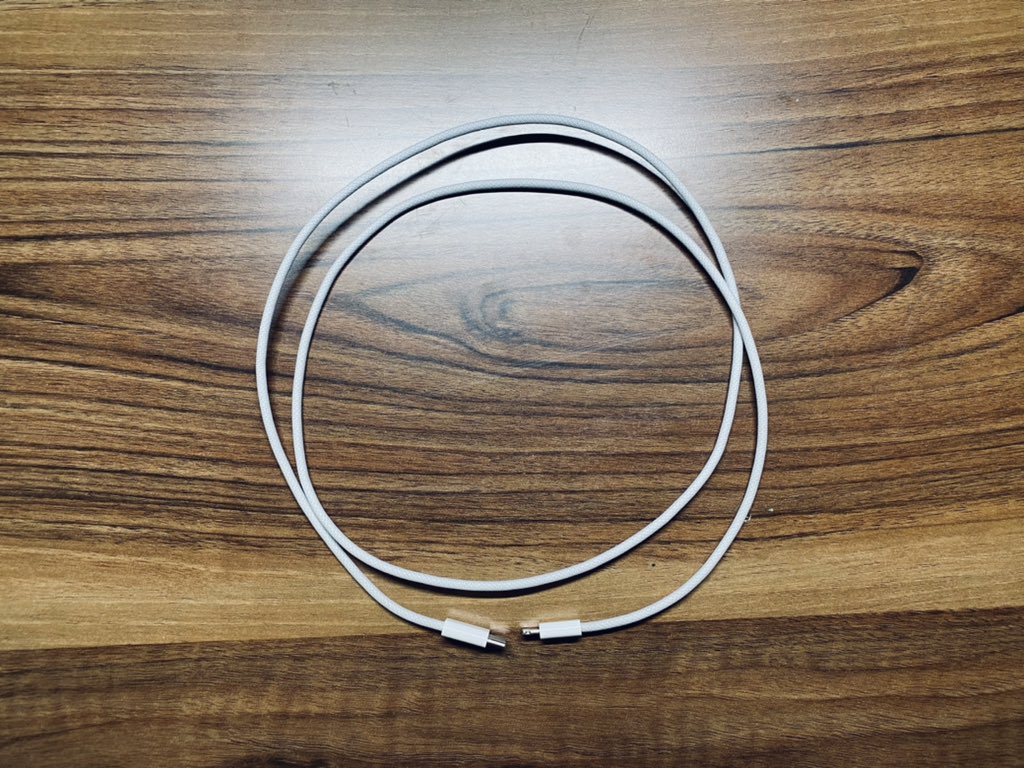
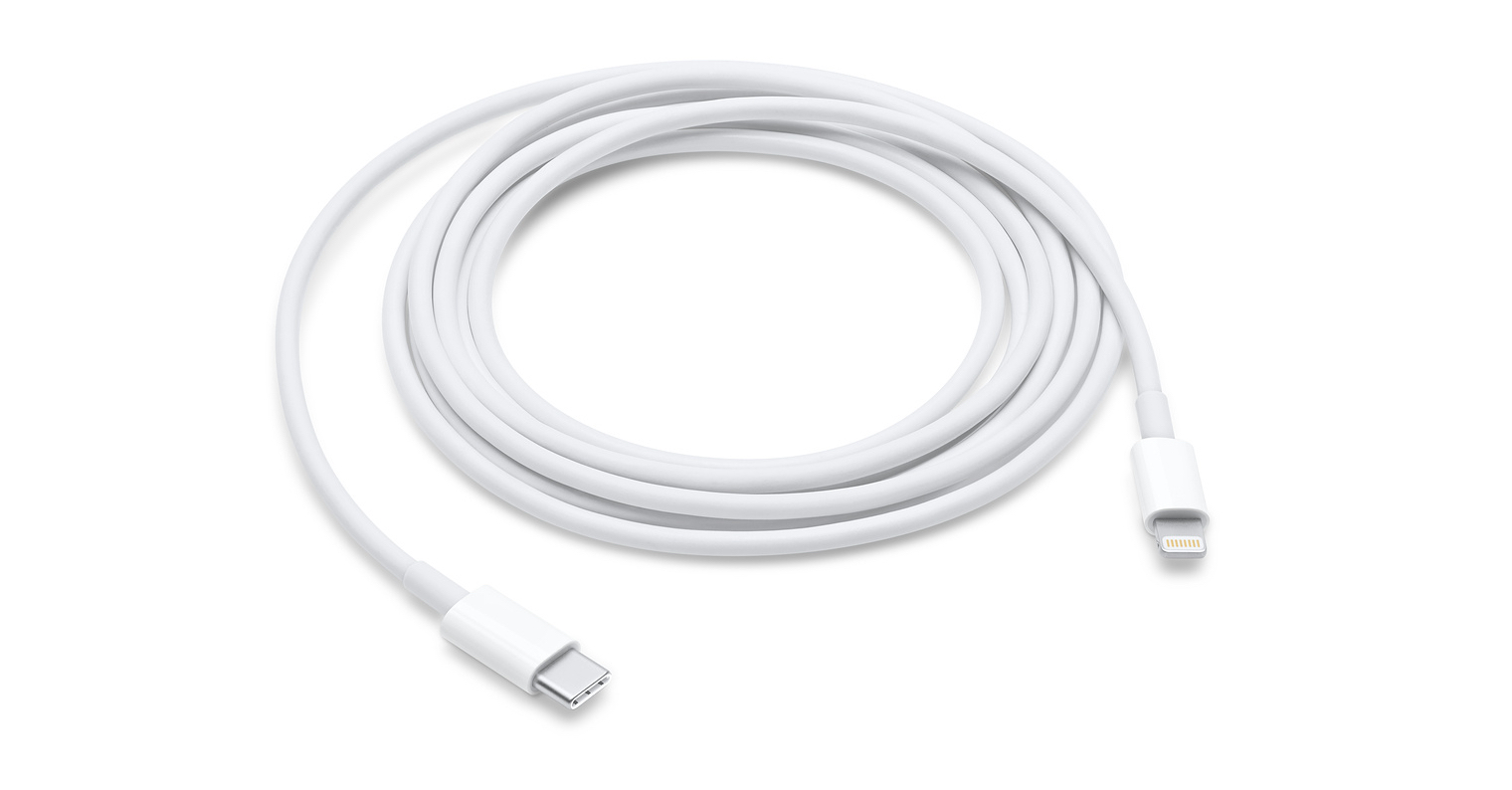
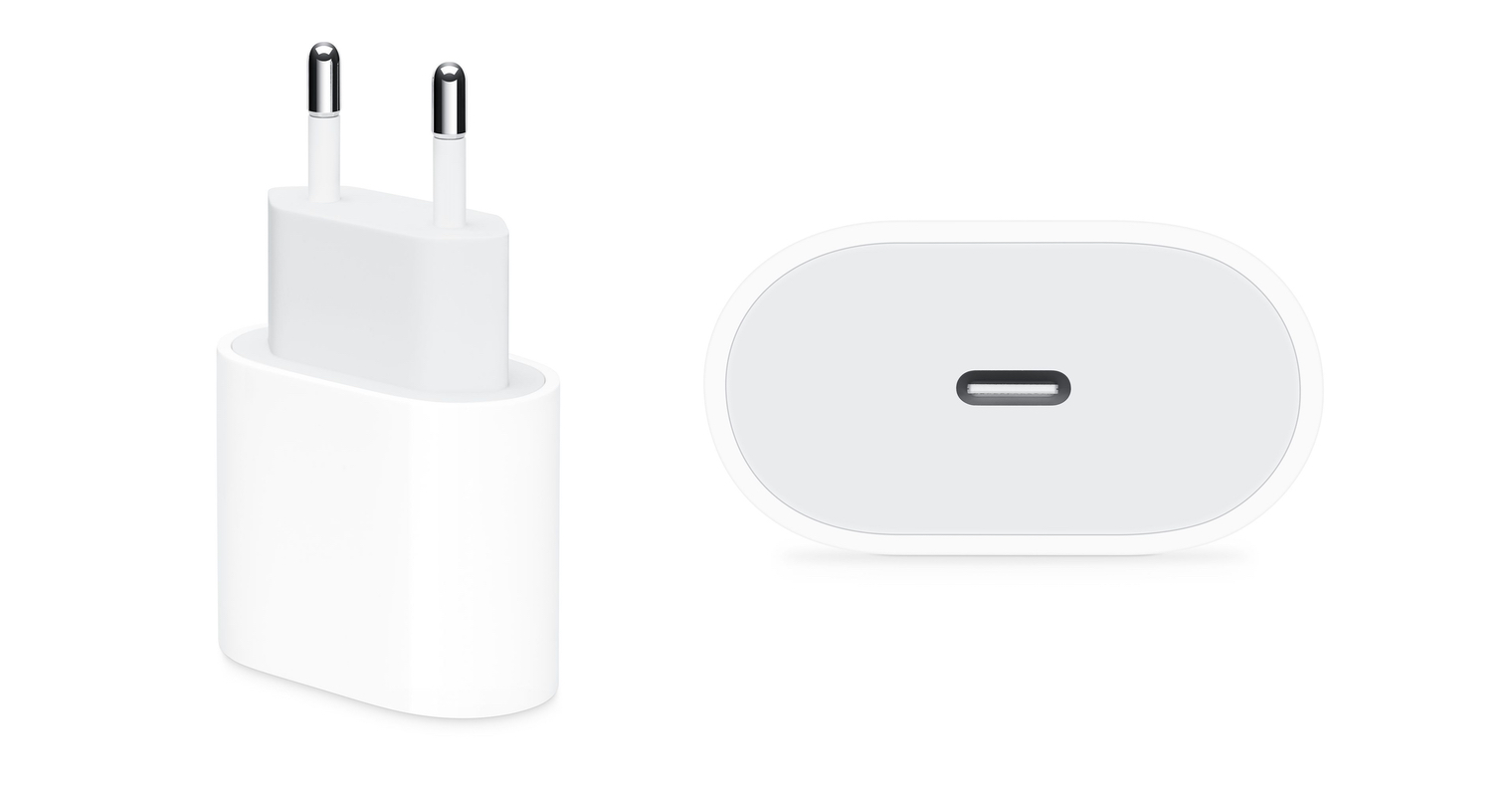
I would really like a fingerprint sensor😂
Well, many ladies would probably have a problem 🤔🤷♀️😆
Not me, I resisted F ID as Touch ID for a long time and today I wouldn't change it... when I cover it, the watch unlocks and for those moments of playing with the bank I can take off the cloth for a few seconds. I wouldn't change